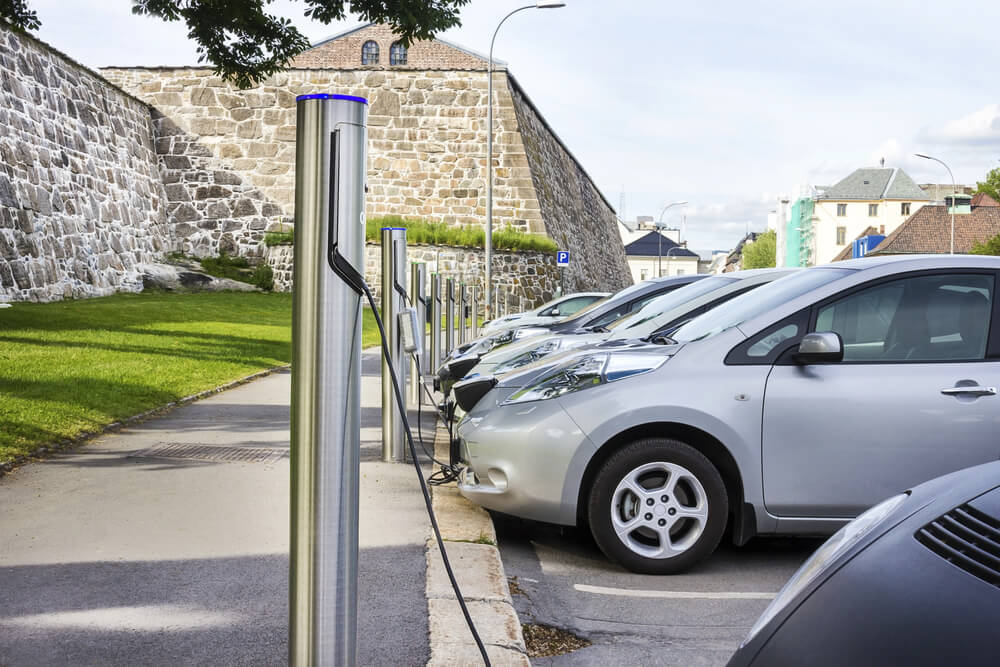Decarbonizing the transportation sector should leave no one behind
According to the Government of Canada, the energy sector is responsible for 82 per cent of greenhouse gas (GHG) emissions in the country, with 78 per cent coming from the combustion of fossil fuels. Approximately one third of total energy emissions comes from the transport sector with personal transport being the main contributor, “largely due to an increase in driving.”
The transport sector is the only sector in Canada that has seen a net increase in GHG emissions between 2005 and 2022.
Decarbonizing the transport sector is one of the most significant and challenging efforts required to secure a sustainable future for all in Canada. To get there, we must shift away from car-centric models of transportation and focus on public transit and cycling, which have a much lower carbon footprint and are more inclusive policies.
Thus far, electric vehicles (EVs) have been embraced by governments in Canada as one of the main solutions to reduce emissions and combat climate change; they have offered an increasing suite of measures to encourage the transition to EVs.
On the demand side, there are several incentives to purchase EVs, including the federal Incentives for Zero-Emission Vehicles (iZEV). Even though a few provinces offer rebates for electric bikes (Quebec, British Columbia, Nova Scotia, PEI), there isn’t an equivalent federal program to incentivize electric or conventional bikes.
On the supply side, the federal government will provide $28.2 billion in subsidies to EV battery plants in Windsor and St. Thomas. And another $5 billion (shared with Ontario) to Honda EV manufacturing plants. The federal government is also funding the installation of charging stations across the country.
Compare this to the $400 million for the federal Active Transportation Fund (ATF), disbursed over five years, to support expansion and enhancement of active transportation infrastructure and a modal shift away from cars. Active transport receives approximately one per cent of the investment of EV battery production alone without even considering investments in actual road infrastructure.
Research on commuting to work has identified that over a million Canadians experience mobility poverty, defined as limited mobility coupled with socioeconomic disadvantage. Research looking into other basic needs transportation trips, such as education, healthcare and groceries suggests that this number is much higher.
EVs are still more expensive than gas-powered cars which are already unaffordable and out of reach for many Canadians, including people with disabilities, newcomers who might face language, cultural or financial barriers, single parent families, seniors and young Canadians.
Prioritizing EV policies caters primarily to privileged individuals and ignores many other social and economic issues.
Converting all motorized vehicles to electric without a robust policy to shift some of those trips to other modes could also dramatically increase electricity demand. StatsCan is projecting an increase in electricity consumption between 4.7 per cent to 9.4 per cent from new EVs alone — a conservative estimate given the trend towards larger EVs.
The push for EVS in Canada and around the world also creates a huge demand for minerals. In search for alternative mining sites, electrification is driving deep seabed mining, potentially threatening a biodiverse and fragile ecosystem.
A federal national transportation policy should not rest on EVs alone. It should:
- Evaluate all federal transportation projects and grants through an equity lens to assess if and how equity-deserving groups are benefiting from them.
- Create a permanent fund for public transportation to improve and expand both transit and bikeshare systems across the country.
- Provide at least as many incentives and subsidies for electric bicycles as the ones available to electric cars.
- Prioritize funds to dedicated transit corridors and cycling infrastructure projects that achieve at least a “minimum grid” network over highway expansions and other developments catering primarily to cars.
- Fund pilot projects to implement and scale up bicycle logistics programs and strengthen the national bicycle sector.
Prioritizing public transit and cycling over EVs would also reduce obesity and combat a sedentary lifestyle, decrease the number of road fatalities and injuries and require much less space — leading to more compact urban form and less urban sprawl.
It’s clear that electric vehicles cannot solve Canada’s transportation challenges.
A just and effective decarbonization strategy requires rethinking car dependency and investing in sustainable, inclusive transport alternatives. Canada must prioritize a shift toward public and active transport in its decarbonization strategy to ensure no one is left behind in the transition to a low-carbon future.
Photo courtesy of DespositPhotos




